Home>Ideas and Tips>Cryptic Codes Of Electrical Wiring Demystified


Ideas and Tips
Cryptic Codes Of Electrical Wiring Demystified
Published: October 18, 2024
Unlock the secrets of electrical wiring color codes for safer and more efficient home improvement projects. Learn the essentials in our comprehensive guide.
(Many of the links in this article redirect to a specific reviewed product. Your purchase of these products through affiliate links helps to generate commission for Storables.com, at no extra cost. Learn more)
In the intricate world of home improvement, understanding electrical wiring is crucial for both safety and efficiency. One of the most critical aspects of electrical wiring is the use of color codes, which serve as a visual cue to identify the purpose and potential danger of each wire. In this article, we will delve into the history and significance of electrical wire color codes, explore the different types of wires and their functions, and discuss the importance of adhering to these color codes in ensuring safe and efficient electrical systems.
The use of color-coded wires dates back to the late 19th century when electrical systems began to become increasingly prevalent. As electrical installations grew in complexity, there was a pressing need for a systematic way to differentiate wires. This differentiation was essential to reduce the risk of errors and accidents in the rapidly evolving field of electrical engineering.
Initially, there was no standardization in wire color usage, leading to confusion and potential hazards. However, as electrical systems continued to advance, standardized color codes were introduced to establish guidelines for color usage in different types of wiring. These codes have continued to evolve over time to accommodate technological advancements and safety considerations, resulting in the well-established and widely followed color schemes used today.
The National Electrical Code (NEC) is a widely adopted standard for electrical installations in the United States. It provides clear guidance on safe practices, including wire color codes. These codes act as a universal language for electricians, ensuring that everyone in the industry speaks the same color-coded dialect.
Black Wires
Black wires are commonly used for hot wires or "live" wires carrying electrical current from the source to a device. It is crucial to shut off the circuit breaker before working with these wires to avoid electrical shock. Black wires may also carry current from a light switch to a light, known as a switch leg. Traveler wires, used to connect two or more switches that control one light, can also be black, although other colors are also used.
Read more: What Is 4 Wire Electrical Wire
Red Wires
Red wires are also designated for hot wires and are frequently employed in circuits requiring higher voltage levels. They serve as a visual cue that caution is required. Red wires can be switch legs, particularly if you need two switch legs for one device. For example, a ceiling fan with an integrated light that you want to control separately might use red wires.
White and Gray Wires
White and gray wires are typically used for neutral wires, which function as the return path for electrical current to the source. These wires help complete the electrical circuit and are essential for safety and functionality. The NEC allows grounded conductors to be white or gray, or have three white or gray stripes on any background color except green. Other configurations are permitted for specific applications.
Green, Green-Yellow, and Bare Wires
Green, green with yellow stripes, and bare wires serve as grounding conductors. Their primary role is to connect electrical equipment to the earth, thereby preventing electrical shock. Ground wires act as a safety valve for current that takes an unintentional path away from the equipment it’s supposed to be serving. When a circuit is operating normally, ground wires do not carry current. However, they can carry current in the event of a ground fault, and it is essential to test them before cutting or disconnecting them.
Blue and Yellow Wires
Blue wires often come into play as travelers in three-way and four-way switch circuits. These circuits enable you to control a single light or device from multiple locations, and blue wires play a vital role in making this possible. Yellow wires are frequently designated as switch legs in various types of circuits. Switch legs are essential for controlling lighting fixtures or devices from a switch, and they are often a part of lighting circuits.
In addition to wire color coding, cable-sheath color coding provides additional information about the size of the wires inside the cable and their amperage. The outer sheathing of cables is color-coded to indicate the size and amperage of the wires inside. For example:
- Black: 8 or 6-gauge wire, 45 or 60 amp circuits
- Orange: 10-gauge wire, 30-amp circuit
- Yellow: 12-gauge wire, 20-amp circuit
- White: 14-gauge wire, 15-amp circuit
Gray cables are underground feeder (UF) cables. All UF cables are gray. To know the gauge of the wire and the circuit information, you’ll have to check the cable-sheath labeling.
Read more: What Is An Electrical Wire
Safety First
One of the most significant benefits of using color-coded wires is the enhanced safety it provides. By clearly distinguishing between different types of conductors, electricians and homeowners can easily identify and avoid potential hazards. For instance, a hot wire can be quickly recognized, preventing accidental contact and electric shock.
Efficient Troubleshooting
Color-coded wires also simplify troubleshooting and maintenance tasks. When a problem arises, electricians can quickly trace the circuit path by following the color-coded wires. This reduces the time and effort required to diagnose and repair issues.
Reduced Errors
Color coding helps to minimize human error during electrical installations and repairs. By following the established color conventions, electricians are less likely to connect wires incorrectly, which could lead to electrical faults or even fires.
Improved Organization
Color-coded wires contribute to a more organized and visually appealing electrical system. The use of distinct colors helps differentiate between different circuits and components, making it easier to understand and maintain the system.
Read more: How To Wire An Electric Cooktop
Compliance with Standards
Adhering to wiring color codes is often a requirement for electrical installations to comply with local building codes and safety regulations. By using the appropriate colors, homeowners and businesses can ensure that their electrical systems meet these standards.
Those who work directly with electrical wiring daily, such as electricians, will need to be initially trained on what each of the wiring color codes mean. However, once each electrician is performing their job regularly, it will become second nature. Those who don't work directly with electrical wiring regularly also need to receive this type of color code training, and in many ways, it is even more important. Without proper guidance, training, and documentation, they could put themselves or the entire facility at risk if they need to interact with electrical wiring in any way, whether it be wire installation or basic circuit breaker servicing.
Anyone who will have any exposure to electrical wires should have at least a basic understanding of the wire labeling system with colors. Perhaps more important than even direct training will be ensuring everyone knows where to reference the electrical color codes. Facilities should have some sort of reference material, which could be a poster, a book, a computer system, etc., with the wire color codes. However the information is conveyed, the information needs to be easily accessible.
Understanding and adhering to color-coded wires is crucial in various practical applications:
Home Wiring
In residential settings, color-coded wires ensure that homeowners can safely perform minor electrical tasks without risking their safety. For example:
- Black and Red Wires: These are hot wires carrying electrical current from the panel to devices like lights or appliances.
- White and Gray Wires: These are neutral wires returning current to the panel.
- Green or Bare Copper Wires: These serve as grounding conductors, preventing electrical shock by providing a path for current to return to the earth.
Commercial Wiring
In commercial facilities, electricity is distributed through a series of electrical conductors, switches, wires, and cables. Adhering to color-coded wires ensures that employees working with dangerous electrical equipment can work safely and effectively. The use of distinct colors helps differentiate between different circuits and components, making it easier to understand and maintain the system.
Industrial Wiring
In industrial settings, high-voltage electrical connections are common. The use of color-coded wires ensures that workers can identify high-voltage wires quickly, reducing the risk of electrical shock. For example:
- Blue and Yellow Wires: These are often used as travelers in three-way and four-way switch circuits.
- Green or Bare Copper Wires: These serve as grounding conductors, connecting electrical equipment to the earth.
Understanding electrical wire color codes is essential for both safety and efficiency in home improvement projects. By recognizing the different colors and their associated functions, individuals can avoid potential hazards and ensure that their electrical systems are well-maintained. The history of wiring color codes, the NEC standards, and practical applications all highlight the importance of adhering to these color codes. Whether you are an experienced electrician or a homeowner performing minor electrical tasks, knowing what each wire represents can help you understand how the various wires in your home contribute to your electrical system.
In summary, the cryptic codes of electrical wiring are not as mysterious as they seem once you understand their significance. By demystifying these color codes, we can ensure safer and more efficient electrical systems in our homes, workplaces, and communities.
Was this page helpful?
At Storables.com, we guarantee accurate and reliable information. Our content, validated by Expert Board Contributors, is crafted following stringent Editorial Policies. We're committed to providing you with well-researched, expert-backed insights for all your informational needs.
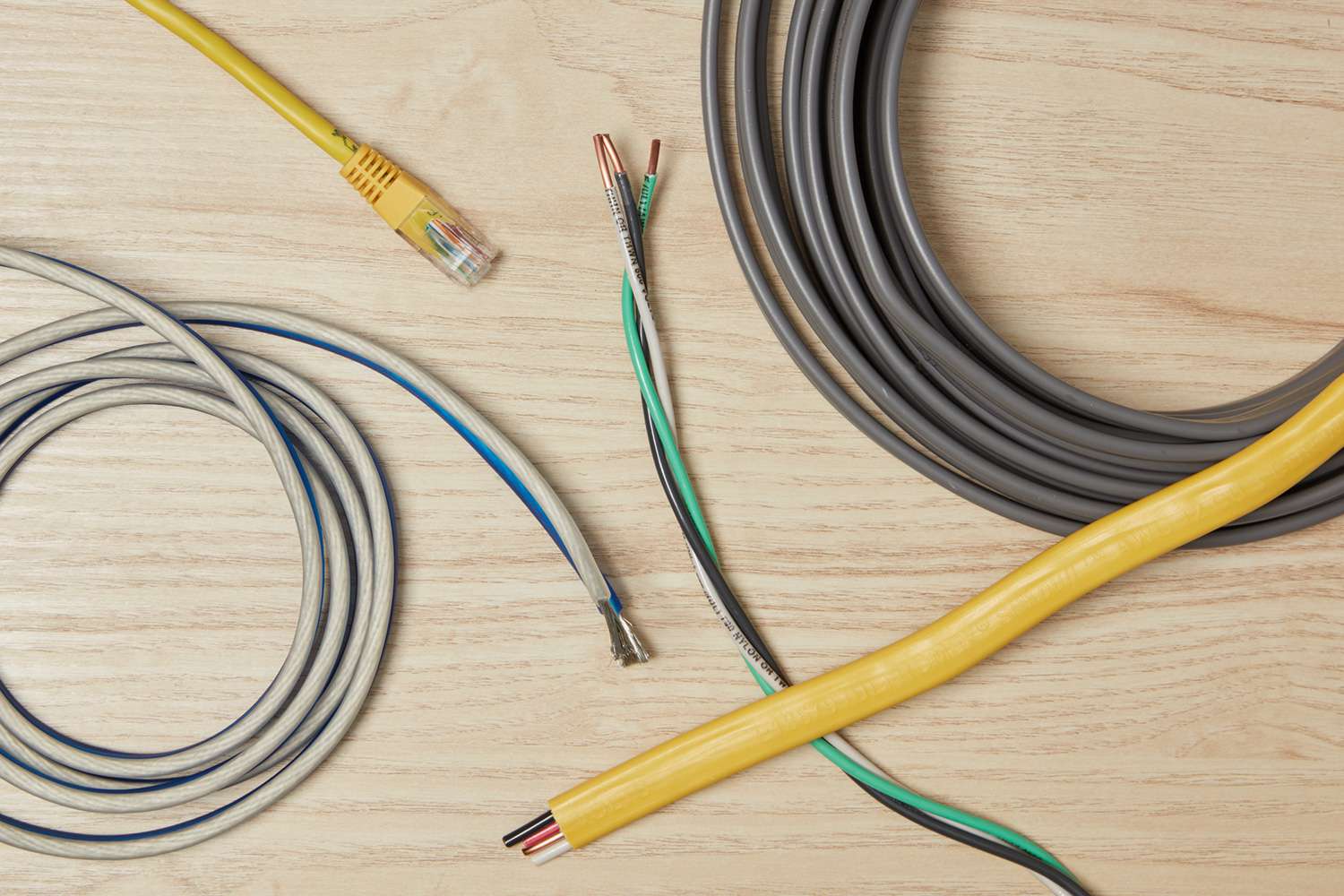

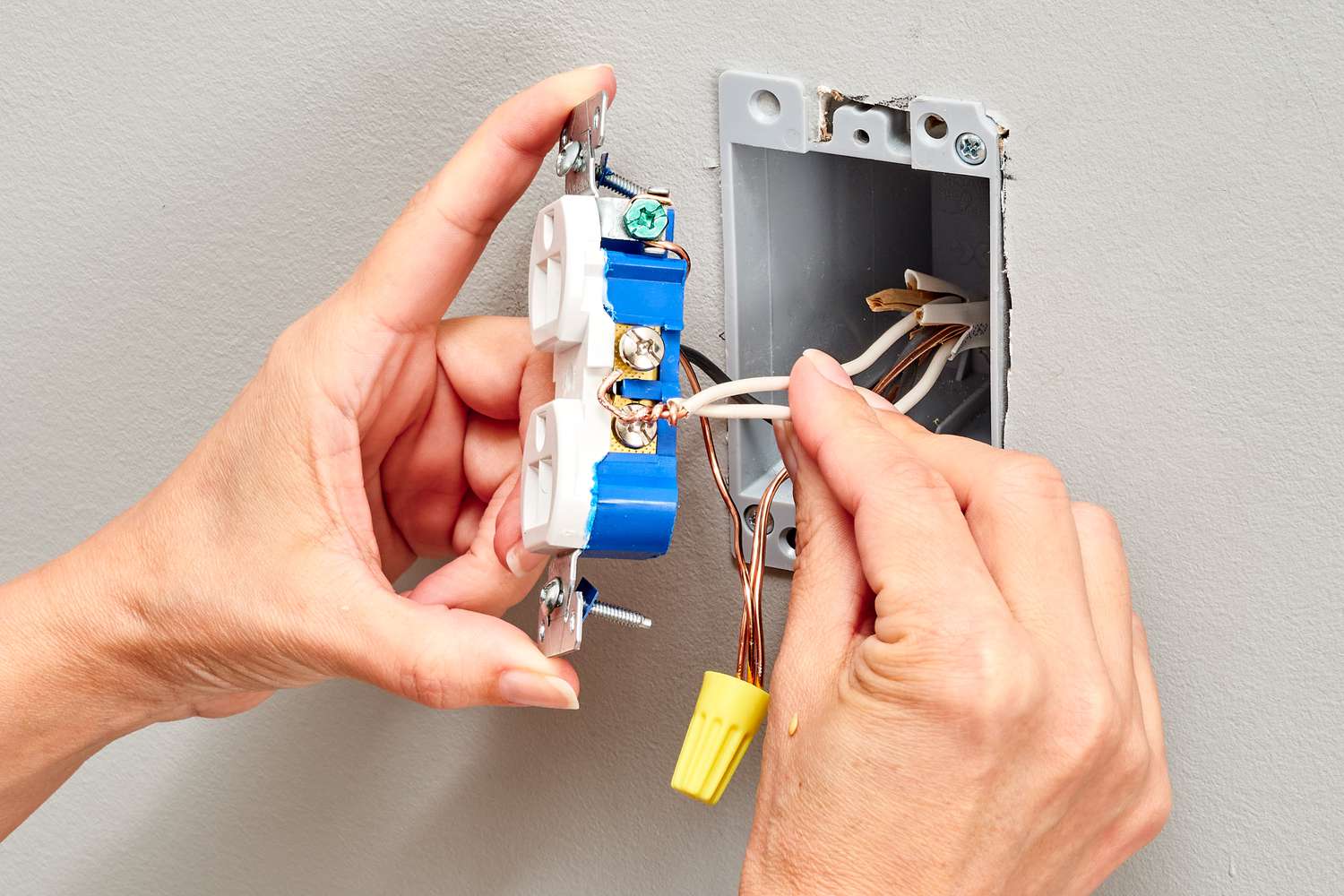
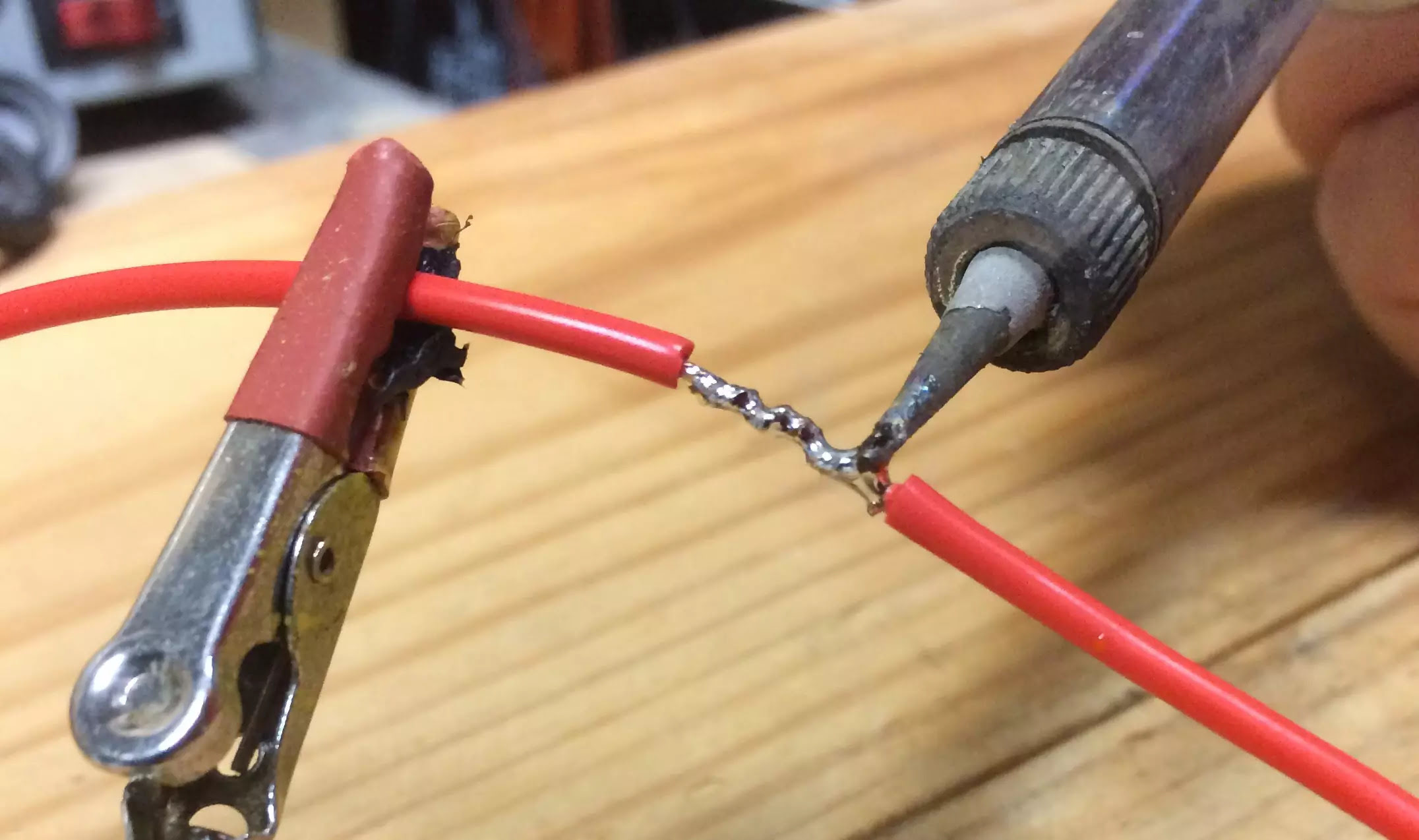


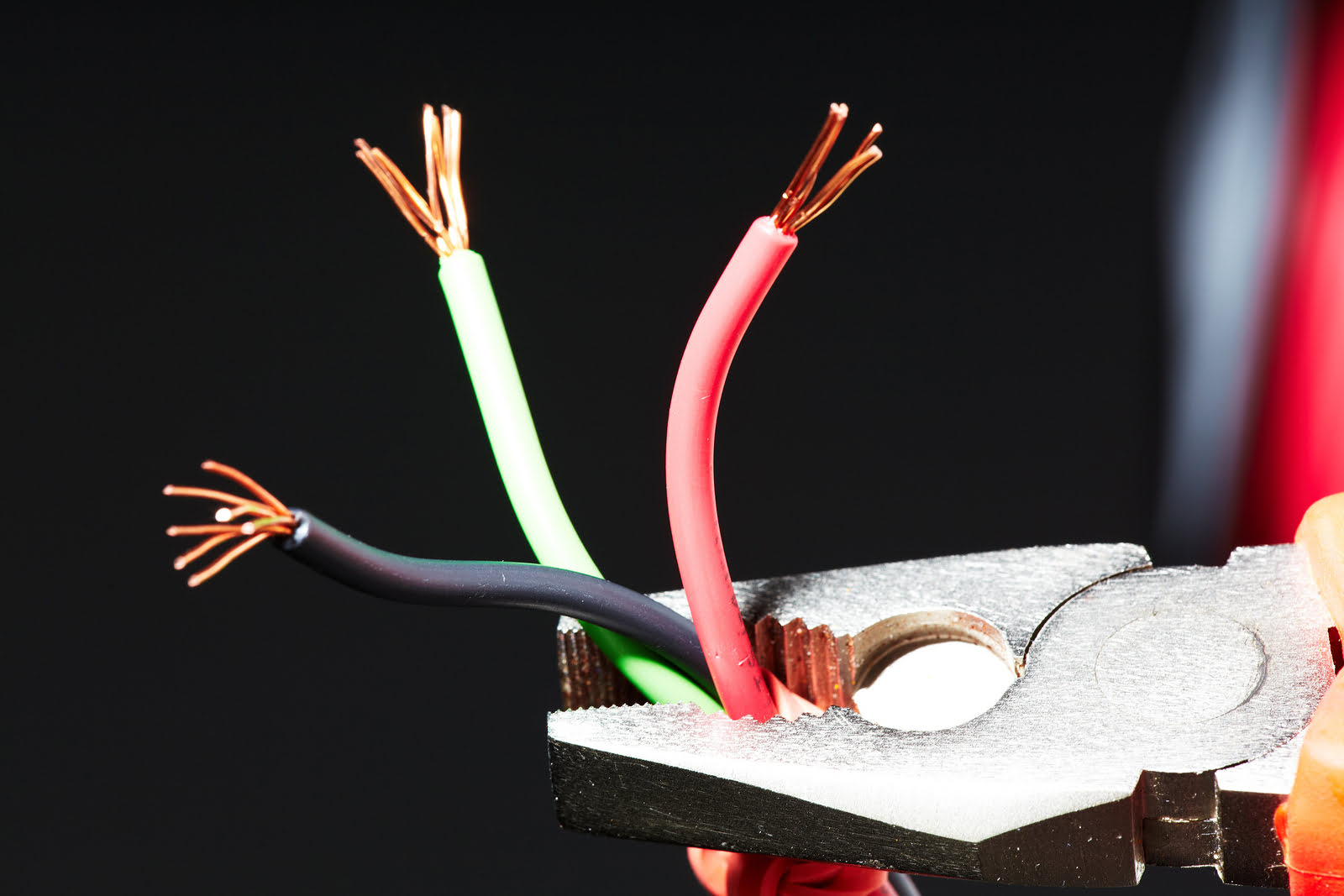
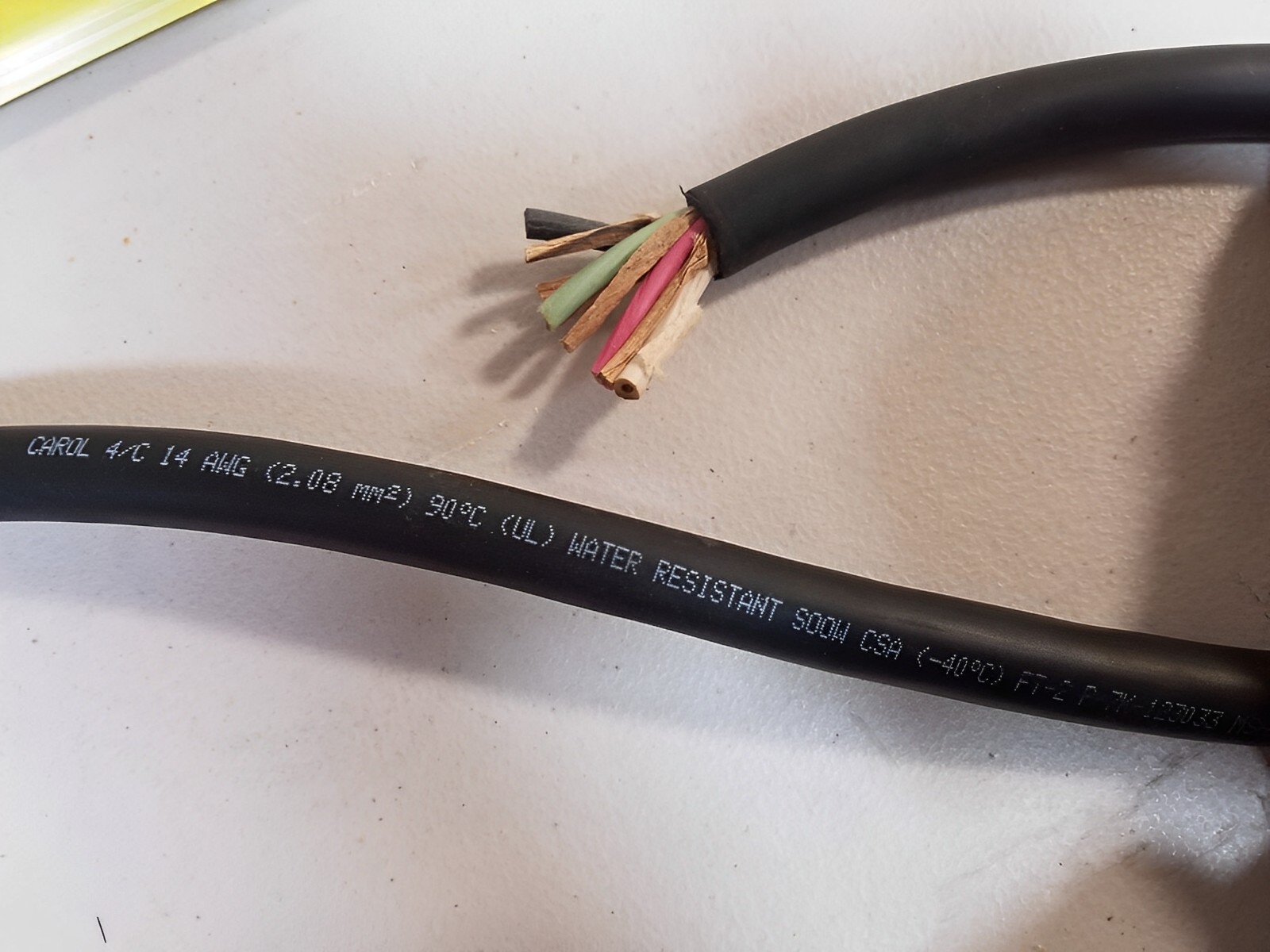

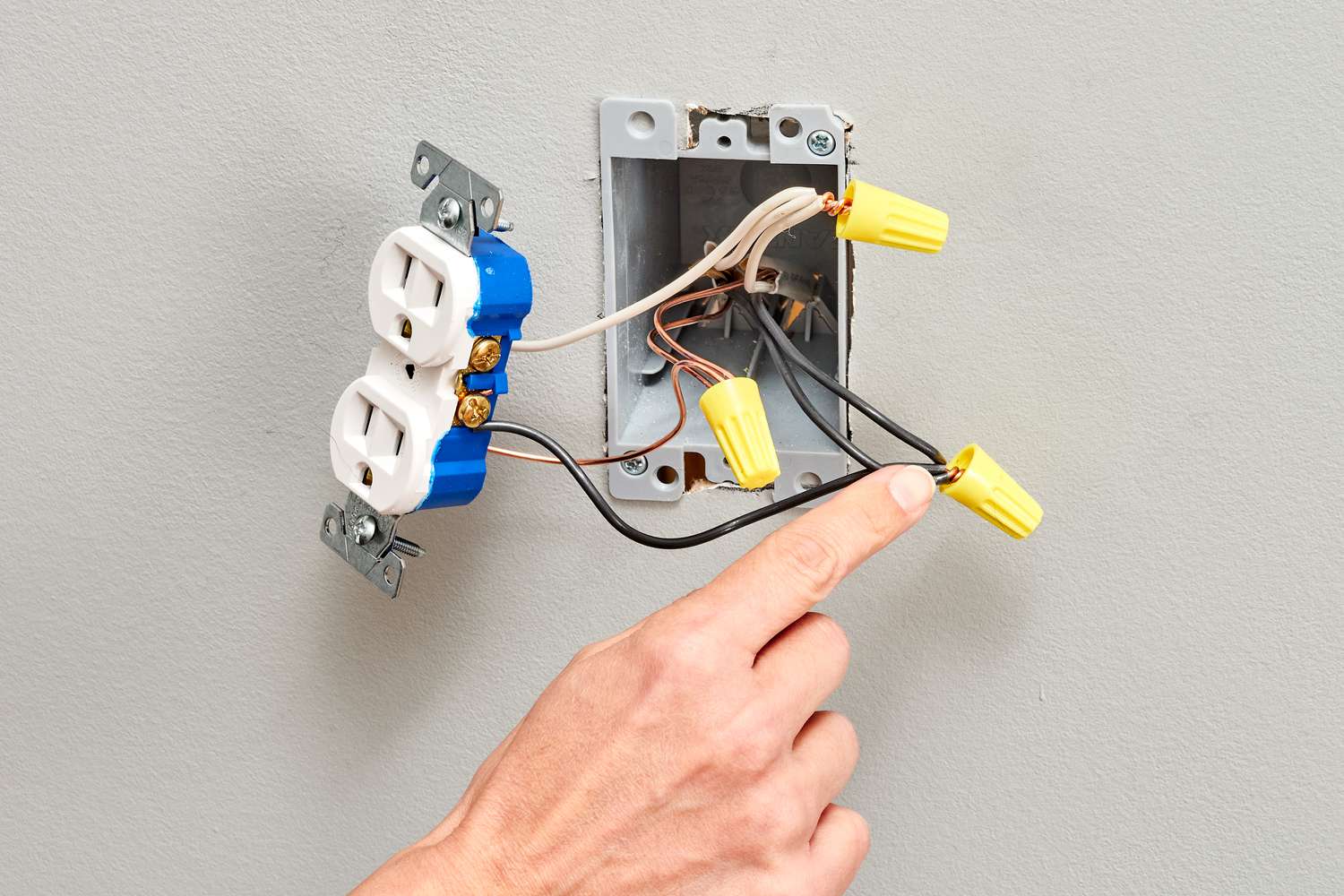




0 thoughts on “Cryptic Codes Of Electrical Wiring Demystified”